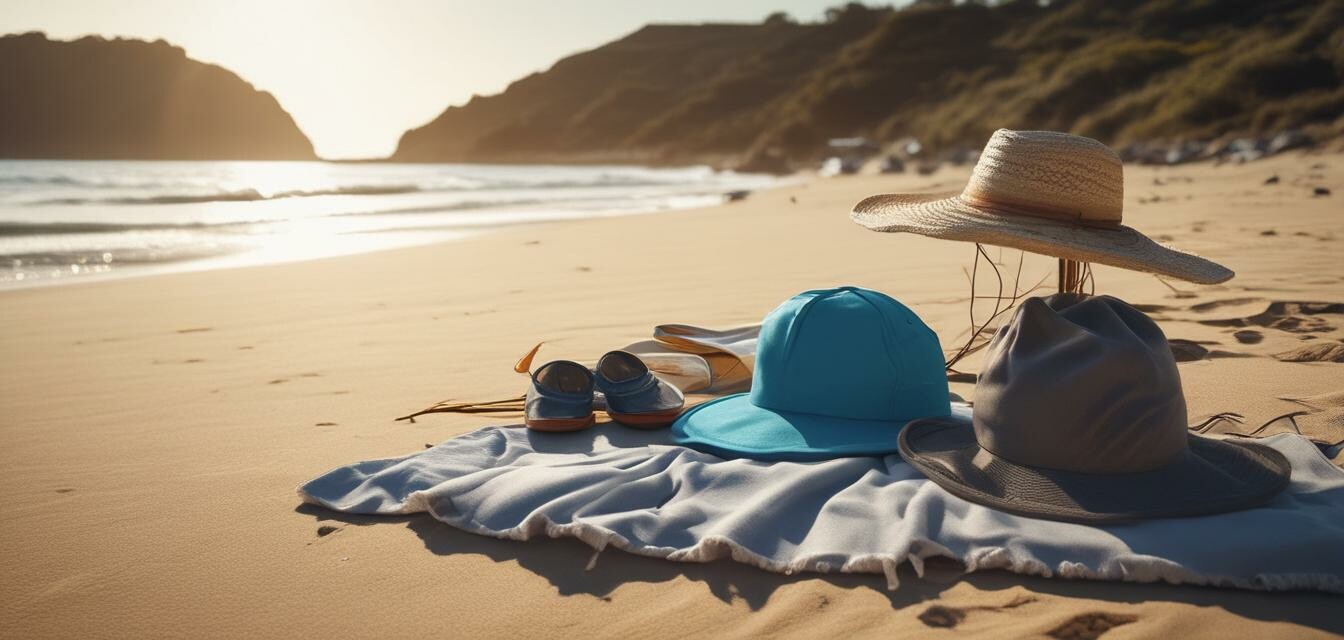
Tips for Protecting Your Skin During Water Sports
Key Takeaways
- UV protective clothing provides consistent protection against harmful sun rays.
- It’s essential to consider UPF ratings when choosing clothing for water sports.
- Complement clothing with other sun safety measures, such as sunscreen and shade.
- Children are particularly vulnerable; ensure they wear appropriate protective gear.
- Stay hydrated and vigilant about sun exposure times, especially during peak hours.
Engaging in water sports can be both exhilarating and relaxing. However, the thrilling experience of activities such as kayaking, paddleboarding, or snorkeling comes with significant sun exposure risks. To ensure a safe and enjoyable time on the water, it's crucial to protect your skin from the sun's harmful rays. This article highlights practical tips for utilizing UV protective clothing and other sun safety strategies while enjoying your favorite water activities.
Importance of UV Protective Clothing
Unlike regular clothing, which may offer minimal UV protection, UV protective clothing is designed to shield your skin from harsh sunlight. It's rated by the Ultraviolet Protection Factor (UPF), with values typically ranging from UPF 30 to 50+. Here are some reasons why you should opt for UV protective garments when participating in water sports:
- Provides consistent protection without the need for reapplication, unlike traditional sunscreen.
- Effective even when wet, maintaining its protective qualities during water activities.
- Often designed with moisture-wicking properties, keeping you comfortable while active.
- No worries about sunscreen washing off, giving you peace of mind.
Choosing the Right UPF Clothing
When selecting UV protective clothing for water sports, consider the following:
| Clothing Type | UPF Rating | Ideal Use |
|---|---|---|
| Rash Guards | UPF 30-50+ | Surfing, snorkeling, swimming |
| Long-Sleeve Swim Shirts | UPF 30-50+ | General water sports |
| Wide-Brimmed Hats | Varies | Beach activities, fishing |
Additional Sun Safety Tips
While UV protective clothing is essential, it works best when complemented by other sun safety measures. Here are some tips to enhance your skin protection during water sports:
- Apply sunscreen: Use broad-spectrum sunscreen with at least SPF 30, especially on exposed areas not covered by clothing.
- Seek shade: Take breaks in shaded areas during peak sun hours, typically between 10 AM and 4 PM.
- Wear polarized sunglasses: Protect your eyes from UV rays by wearing sunglasses that block both UVA and UVB rays.
- Stay hydrated: Drink water regularly to keep your body hydrated and regulate skin health.
- Be mindful of reflective surfaces: Water can reflect UV rays, increasing your exposure even on cloudy days.
Special Considerations for Children
Children are more susceptible to sun damage, so extra caution is necessary. Make sure to:
- Dress them in UV protective clothing appropriate for their age.
- Encourage them to wear hats and sunglasses throughout water activities.
- Constantly reapply sunscreen, especially when they come out of the water.
- Teach them about sun safety and the importance of protecting their skin.
Emergency Measures in Case of Sunburn
If you or someone else gets sunburned despite precautions, it’s crucial to know what to do:
- Take immediate shelter from the sun.
- Apply cool compresses to the affected area to reduce discomfort.
- Use aloe vera or similar soothing remedies to promote healing.
- Stay hydrated to support recovery and decrease pain.
Pros
- Provides excellent overall sun protection.
- Convenient, especially for prolonged water activities.
- Reduces the need for frequent sunscreen reapplication.
- Many options available, from casual wear to performance apparel.
Cons
- Initial investment may be higher compared to regular clothing.
- Some options may take longer to dry.
Conclusion
Protecting your skin while enjoying water sports is essential to ensure a memorable and safe experience. Embracing UV protective clothing alongside complementary sun safety measures allows you to bask in outdoor fun without compromising your skin health. Remember the importance of staying informed about sun safety, especially with children, as you explore water activities this summer.
Learn More About UV Protection
For more detailed insights into sun protection while engaging in various activities, visit our Health and Safety Tips category. You can also check our Accessories and Outdoor Wear for options that offer UV protection.